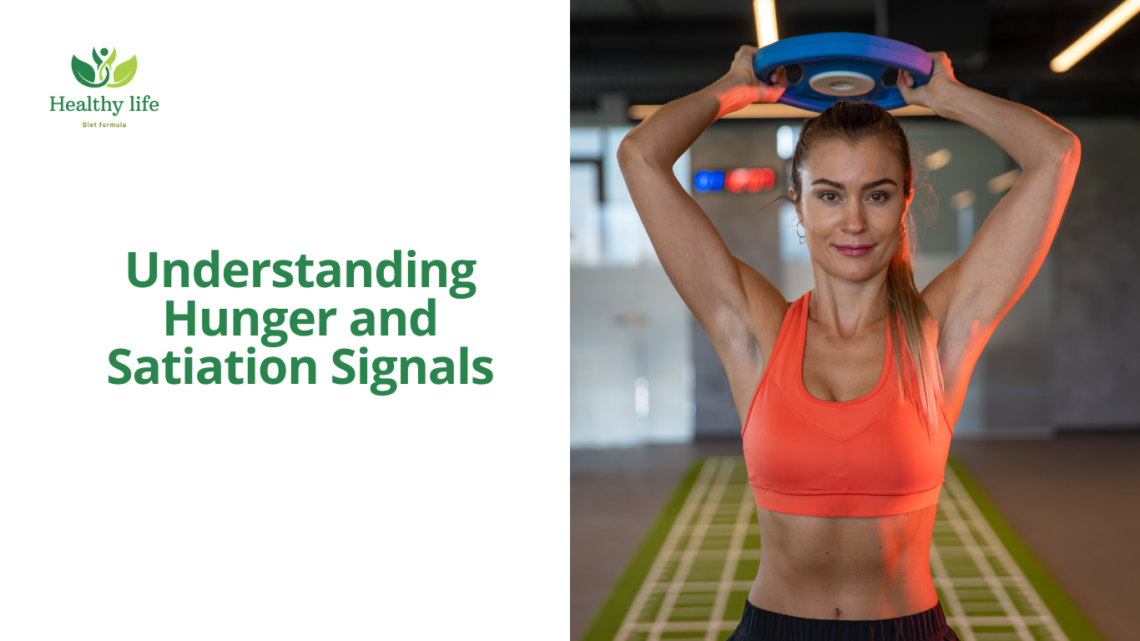
Understanding Hunger and Satiation Signals
Introduction
Understanding hunger and satiation signals is crucial for maintaining a healthy relationship with food. Recognizing when your body needs nourishment and when it has had enough can positively impact your overall well-being. In this article, we explore the science behind hunger and satiety and provide practical tips for listening to your body.
Hunger Signals
1. Perfectly Satisfied Right Now
- Example: Jack: Would you like to have some dessert now? Bob: No, no, I really can’t. I’m perfectly satisfied right now; if I ate any more, it would be too much.
2. No, Thank You. I’m [Fully] Sated
- Example: If you are dining with vegetarians, they will find themselves fully sated and duly impressed.
- Example: After having a meal, people are usually sated and feel lazy to move.
- Example: I sated myself with an array of diet-busting offerings.
3. I’ve Had Plenty, Thanks
- Example: Jack: Do you care for seconds? Bob: Oh no, I’ve had plenty, thanks.
Satiation Signals
1. Take the Edge Off Your Hunger
- Example: Have an apple. It’ll take the edge off your hunger for a while.
2. Satisfy Your Hunger
- Example: Unfortunately, not any food will satisfy my hunger and take the hunger signals away.
3. Kill One’s Hunger
- Example: What usually kills your hunger?
Remember that paying attention to these signals and respecting your body’s cues is essential for healthy eating behavior. Whether you’re trying to lose weight or simply maintain a balanced diet, tuning in to hunger and satiety can lead to better food choices. 🌟🍽️

